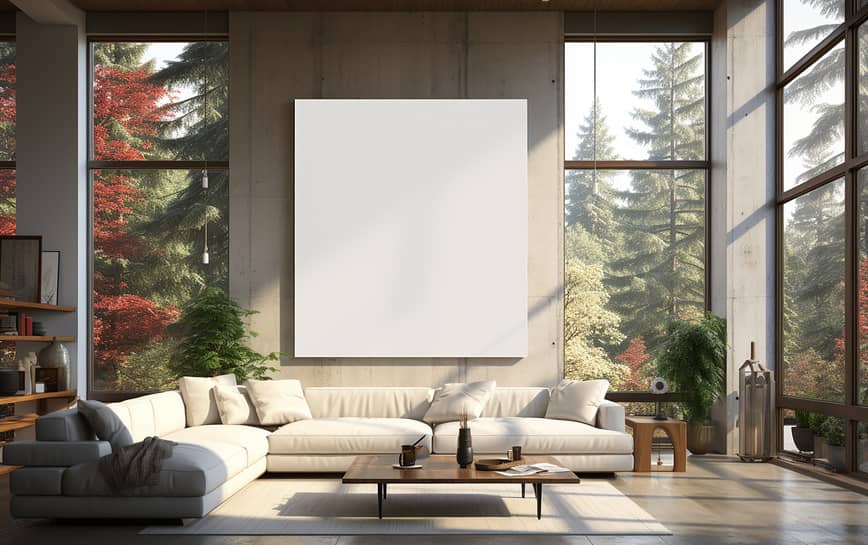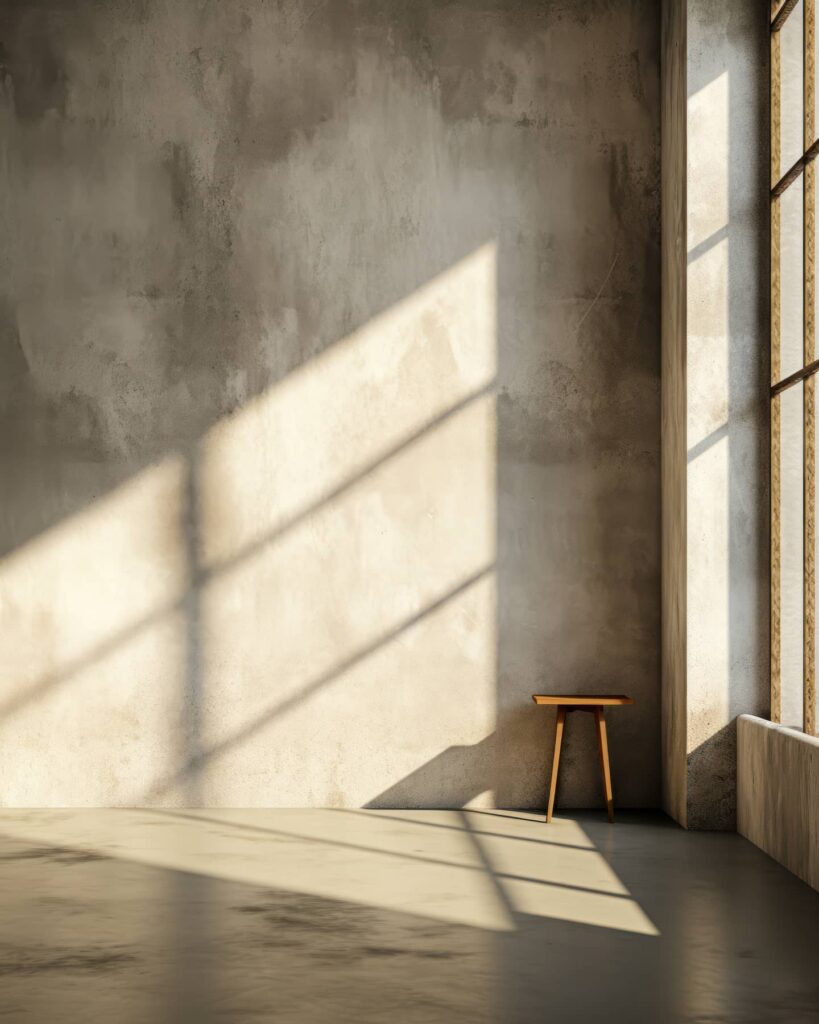Exposure to sunlight is a natural and essential aspect of our environment, with benefits that extend beyond just brightening our day. The energy from the sun plays a vital role in various ecological processes and also has significant effects on the health and maintenance of our homes. Sunlight can kill mold as the UV rays are strong and dry up the moisture that mold feeds on. Letting sunlight shine in the home is very helpful. Let’s take a look!
Benefits of Sunlight
Sunlight is known to have numerous positive effects. It is a natural source of Vitamin D, which is crucial for maintaining healthy bones and immune function. Besides its health benefits, sunlight also contributes to mental well-being by improving mood and regulating sleep cycles through the production of melatonin.

Does Sunlight Kill Mold?
One of the lesser-known advantages of sunlight is its ability to inhibit and kill mold. A form of fungus that grows in moist environments, mold can be harmful to both our health and the structures of buildings. Sunlight contains ultraviolet (UV) rays which have germicidal properties, capable of disrupting the DNA of mold spores and stopping their reproduction.
How Long Does It Take for Sunlight to Kill Mold?
The time it takes for sunlight to effectively kill mold can vary depending on the intensity of sunlight and the type of mold. However, prolonged exposure to direct sunlight over a period of several hours can deactivate mold spores and prevent them from growing.
Other Ways to Kill Mold
Apart from sunlight, there are several types of mold killers available such as:
- Chemical Solutions: These include bleach, borax, vinegar, and commercial fungicides.
- Natural Remedies: Tea tree oil, grapefruit seed extract, and baking soda.
- Physical Methods: Scrubbing, sanding, or using heat treatment.
Can You Prevent Mold with Sunlight?
Sunlight can be used as a preventive measure against mold. Regularly allowing sunlight into your home by opening curtains and windows can reduce humidity levels and dry out potential breeding grounds for mold. Additionally, placing items prone to mold in the sun can stop mold spores from developing.

Which Surfaces Does Sunlight Kill Mold Best?
Sunlight is most effective at killing mold on non-porous surfaces like glass, metal, and certain plastics. Porous materials, such as wood, fabric, and drywall, may require additional methods to remove mold completely, as the spores can penetrate deep into these materials.
Other Ways Mold Grows In and Outside of the Home
Now that you know about sunlight killing mold, there are other ways we may see mold growing. One of those is on a pool deck. A pool deck has a lot of moisture so it is inevitable that mold will grow. The good news is you can use a pressure washer, vacuum, scrub brush, bleach, or water to get rid of it.
Another area is keeping mold from growing in your closet. If you keep plastic bins and wood in your closet, this can promote mold growth. Instead, use wire shelving and this should help keep mold away.
Lastly, it is important to know how to reset the air conditioner. If it is off for too long in the home and there is moisture, you may have mold growth. This can easily be avoided. If the air conditioner won’t come back on, reach out to a professional to take a look.
When Do I Call a Professional?
Mold is nothing to play with, if you find the affected mold area is large or widespread, or comes back after repeated cleaning, then you will need to contact a professional. Also, if you find mold in heating, ventilation, and air conditioning systems, that is a sign you need help. Keep in mind that individuals in the household who have health issues may be aggravated by mold exposure.
Take a look at the video below so you know the symptoms of mold in your home.
Conclusion
While sunlight is an excellent natural disinfectant and mold deterrent, it is not always sufficient on its own. Understanding when to integrate other mold-killing methods and recognizing the situations that necessitate professional intervention are important considerations for effective mold management. Utilizing the power of sunlight alongside other strategies can help maintain a mold-free environment. Reach out to American Property Inspections for a mold inspection or full home inspection in the Clermont, FL area.

